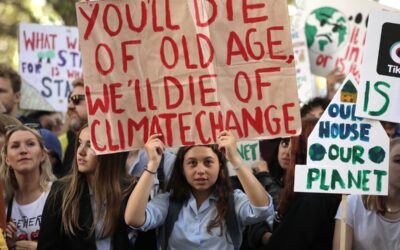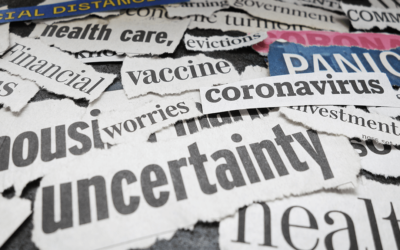This weekend’s light reading: Principles of Emergency Planning and Management, by one David Alexander of the University of Massachussetts. Amid chapters covering such recondite matters as emergency cartography, how many people can be carried lying down by a range of transport helicopters and what a triage tag looks like (this), there’s an intriguing section about myths and misassumptions about disasters, often perpetuated by the news media. For example:
Myth – When disaster strikes, panic is a common reaction.
Reality – Most people behave rationally in disaster. Although panic is not to be ruled out entirely, it is of such limited importance that some leading disaster sociologists regard is as insignificant or unlikely.
Myth – Looting is a common and serious problem after disasters.
Reality – The phenomenon of looting is rare and limited in scope. It mainly occurs when there are strong preconditions (i.e. a disaster is hardly necessary to start it off), as when a community is already deeply divided.
Myth – Disasters usually give rise to spontaneous manifestations of antisocial behaviour.
Reality – Generally, they are characterized by great social solidarity, generosity and self-sacrifice, perhaps even heroism.
And, he continues, while most of us believe that disasters “cause a great deal of chaos and cannot possibly be managed systematically”, in fact it’s the other way round: “there are excellent theoretical models of how disasters function and how to manage them. After more than 75 years of research in the field, the general elements of disaster are extremely well known, and they tend to repeat themselves from one disaster to the next.”
Two more instances where Alexander confounds expectations:
Myth – People will flee in large numbers from a disaster area.
Reality – Usually there is a “convergence reaction” and the area fills up with people. Few of the survivors will leave and even obligatory evacuations will be short-lived.
And:
Myth – After disaster has struck, survivors tend to be dazed and apathetic.
Reality – Survivors rapidly get to work on the clear-up. Activism is much more common than fatalism (this is the so-called “therapeutic community”). In the worst possible cases only 15-30% of victims show passive and dazed reactions.
But it’s not all upbeat. While most of us believe that the situation will return to normal in a few weeks’ time, in fact “the social, economic and psychological effects of disaster, and often the damage caused, can persist for years, or even decades.” Oh, and in case you were wondering:
Myth – Unburied dead bodies constitute a health hazard.
Reality – Not even advanced decomposition causes a significant health hazard. Hasty burial demoralizes survivors and upsets arrangements for death certification, funeral rites, and, where needed, autopsy.



